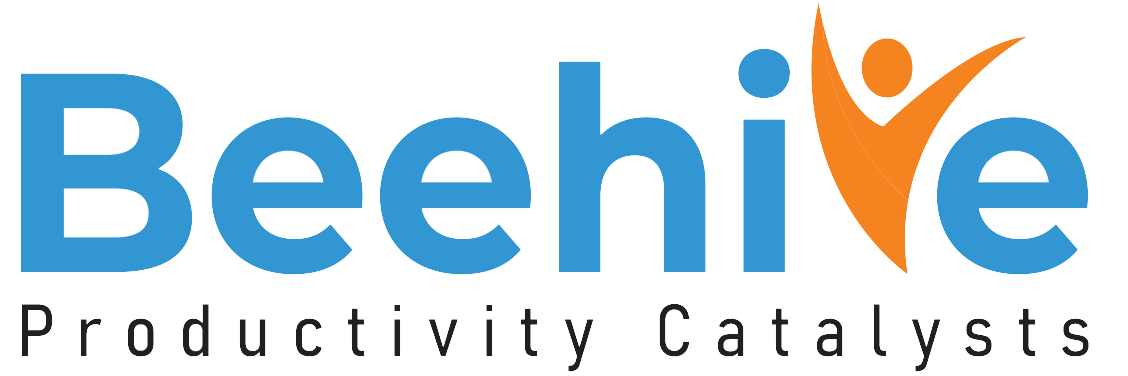Exit interviews are too late: It's time to upgrade to stay conversations
Most companies wait until the goodbye email to ask the important questions. By then, it’s too late, the damage is done, and the resignation is framed as “a great opportunity elsewhere.” But what if the real opportunity was inside your own company all along? Today, the smartest organizations don’t wait for farewell speeches. Instead, they start real conversations while employees still have one foot in.
Because saving talent is about never needing exit interviews in the first place.
The problem with exit interviews
Picture this: An employee resigns, and suddenly their opinion becomes extremely valuable. Following the employee exit process, HR team rushes to schedule an exit interview, scribbles down their complaints, nods solemnly, and files the feedback away in a folder titled Too Late.
If that sounds familiar, it’s because the exit interview is a relic of reactive HR. It’s the postmortem of talent management, a reflective exercise where companies try to learn lessons from people who have already mentally and physically checked out. Who tells the truth when they have burned the bridge or just want to leave quietly?
In 2025, organizations can’t afford to learn from turnover after the fact. They need to listen while there’s still time to act. Enter the stay conversation, a proactive, ongoing dialogue designed to uncover what’s working, what’s not, and what might send your top performers packing if you don’t address it now.
What do exit interviews reveal?
Employee exit procedure is often framed as a data goldmine. In reality, they are more like old weather reports, interesting, occasionally accurate, but not useful for what’s coming next.
Here’s why exit interviews fail as retention tools:
- Too late to act: The employee is already leaving. Retention is no longer an option.
- Filtered responses: Many employees sugarcoat feedback to preserve references or avoid burning bridges.
- Biased samples: Only those who choose to leave are represented, skewing the data toward dissatisfaction.
- No accountability: Insights are often collected but not acted on. Why? Because there’s no process for converting feedback into change.
According to Harvard Business Review, while 75% of companies conduct exit interviews, fewer than one-third report that they lead to actionable changes【source: https://hbr.org/2016/04/making-exit-interviews-count】.
Why stay-conversations are the future of employee retention?
Stay conversations flip the employee exit process. Instead of asking employees why they are leaving, you ask them why they stay and what might make them go.
These are low-stakes, high-value conversations that create space for honesty and action. They are not performance reviews or engagement surveys. They are personalized check-ins, designed to understand individual motivators, frustrations, and career goals.
Benefits of stay conversations include:
- Early Warning System: Spot disengagement before it turns into a resignation letter.
- Personalized Retention Strategies: Understand what each employee values most—career growth, flexibility, recognition, or something else entirely.
- Manager-Employee Trust: These conversations build psychological safety and make employees feel heard.
- Real-Time Feedback: No waiting for annual surveys. Act now.
A 2023 report by Achievers Workforce Institute found that employees who had at least one meaningful check-in with their manager per month were 2.5 times more likely to stay at their company for the next year.
source: https://www.achievers.com/resource/2023-engagement-and-retention-report
What keeps employees loyal?
Contrary to what some execs still believe, people don’t leave because the office didn’t get new ergonomic chairs. They leave when they stop feeling connected, challenged, or seen. So what makes them stay?
Key retention factors:
- Growth Opportunities: LinkedIn’s 2024 Workplace Learning Report revealed that 76% of employees would stay longer if they saw a path to growth within their company
source: https://learning.linkedin.com/resources/workplace-learning-report
- Manager Relationships: Gallup research consistently shows that managers account for at least 70% of variance in employee engagement
source: https://www.gallup.com/workplace/236441/employees-leave-managers-bosses.aspx
- Work-Life Alignment: Employees are not looking for work-life balance anymore, they want integration. Companies that support flexibility retain top talent longer.
- Recognition and Respect: A simple “you are doing great work” can do wonders.
Stay conversations are uniquely positioned to surface these needs. It redefines the exit formalities in HR, one individual at a time.
Five ways to conduct meaningful stay conversations
Not every stay conversation needs to be a therapy session. But they do need to be structured, intentional, and followed by action. Here’s how to get the HR exit formalities right:
- Schedule regular, dedicated time
This is not a casual chat in the hallway. Block calendar time. Create a quiet space. Signal that this is important and about them.
- Ask the right questions
Go beyond “how’s it going?” Try:
- What makes you excited to come to work?
- What might tempt you to leave?
- Do you feel your work is recognized and valued?
- What skills do you want to develop?
- What would make your day-to-day better?
- Don’t get defensive
If you are the manager, don’t argue or explain. Just listen. The goal is to hear, not to justify.
- Follow up with action
Even small changes make a big impact. If someone asks for more project ownership or flexible hours, don’t log it, do something.
- Track and share themes
While individual feedback is confidential, aggregated trends can help HR identify systemic issues like poor communication, lack of growth paths, or toxic team dynamics.
When done well, stay conversations transform managers from taskmasters into trust builders and that’s exactly what high-retention cultures are made of.
Beehive HRMS: Empowering real-time retention and engagement
Talking to employees is one thing. Doing something with that information? That’s where Beehive HRMS makes the difference.
Here’s how Beehive helps you redesign exit formalities in HR:
Engagement Dashboards and Trends
Visualize engagement levels, performance, and sentiment across departments. Know which teams are thriving and which ones are flight risks.
Integrated Feedback Tools
Use structured feedback modules to collect input from employees on career satisfaction, manager support, and more. Customize check-in templates for stay conversations and log outcomes.
Manager Insights
Give leaders access to real-time employee feedback, attrition analytics, and suggested retention actions, all in one dashboard. No more flying blind.
Seamless Offboarding and Exit Analysis
Even when someone does leave, Beehive’s E-Separation module captures complete exit feedback, trends, and attrition reasons, feeding directly into your retention playbook.
Employee Lifecycle View
Track the full employee journey from onboarding to promotion to potential exit and intervene early with personalized strategies.
Don’t wait for goodbye to start listening
Exit interviews are like closing the door with a smile. If you want to build a workplace that people choose to stay in, you need to create systems of listening, not just leaving.
Stay conversations are the foundation of human-centric, responsive HR. And when paired with Beehive HRMS, they stop being just conversations and start becoming strategies.
So, stop asking “Why did you leave?”
Start asking: “Why do you stay and how can we ensure you want to?”
With Beehive HRMS, the answers are no longer lost in exit forms. They are part of your effective employee exit procedure.






